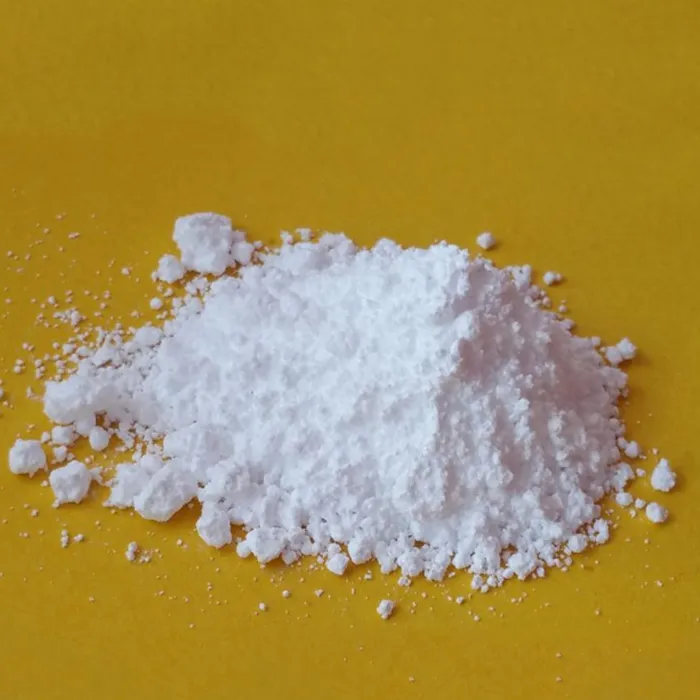Understanding the Difference Between Bulk Drug and API
In the pharmaceutical industry, clarity around terminology is crucial for ensuring effective communication and understanding. Among the terms frequently used are bulk drug and Active Pharmaceutical Ingredient (API). While the two terms are often interchanged, they have distinct meanings and implications in the drug development and manufacturing process. This article will delve into the differences between bulk drugs and APIs, their roles in pharmaceuticals, and the regulatory aspects associated with each.
Definitions and Characteristics
Active Pharmaceutical Ingredient (API) refers to any substance or combination of substances that is intended to be used in the manufacture of a pharmaceutical product and, when used in the production of a drug, becomes pharmacologically active. APIs provide the therapeutic effect of the medication, and their quality, purity, and stability are rigorously controlled. These substances can be derived from natural sources, synthesized in a laboratory, or produced using biotechnology.
On the other hand, bulk drug is a term that typically encompasses the raw materials, including APIs, and any additional compounds that are in sufficient quantities to be processed further before final formulation. Bulk drugs often refer to the unprocessed form of APIs before they are mixed with excipients (inactive substances) to create the final pharmaceutical dosage form, such as tablets, capsules, or injectables. Essentially, while all APIs can be considered bulk drugs, not all bulk drugs qualify as APIs.
Functions in Drug Production
The role of an API is fundamental in the therapeutic context because it is responsible for the intended medicinal effects. The efficacy and safety of a drug are primarily attributed to the quality of its API. Each API undergoes extensive testing for bioavailability and efficacy, ensuring that it meets the pharmaceutical standards before reaching patients.
difference between bulk drug and api

In contrast, bulk drugs serve as the foundational elements for manufacturing pharmaceuticals. While a bulk drug can contain the API, it may also include other inactive ingredients necessary for formulation. The bulk drug must be processed, and its subsequent transformation into a final product is where the API’s therapeutic potential can be realized.
Regulatory Considerations
The regulatory framework governing APIs and bulk drugs is stringent, ensuring public safety and drug efficacy. Regulatory bodies like the U.S. Food and Drug Administration (FDA) and the European Medicines Agency (EMA) impose specific guidelines for the production and quality control of both APIs and bulk drugs. APIs are subject to rigorous testing and must comply with Good Manufacturing Practices (GMP), while bulk drugs, although less emphasized, are also monitored to ensure they meet necessary quality and safety standards before manufacturing can proceed.
Compliance in handling and processing APIs is critical due to their potency and susceptibility to contamination. Any deviations can result in safety concerns, potential recalls, or market withdrawals. Therefore, manufacturers must ensure stringent controls and documentation throughout the bulk drug handling process to mitigate risks.
Conclusion
In summary, while the terms bulk drug and API may seem synonymous, they designate different concepts within the pharmaceutical landscape. An API is the active component responsible for the therapeutic effect, while a bulk drug encompasses the raw form of the API and any additional components needed for drug formulation. Understanding this distinction is essential not only for professionals in the pharmaceutical industry but also for consumers who seek to understand the medications they use. As the industry evolves, maintaining clarity around these definitions will be increasingly crucial for safety, efficacy, and innovation in drug development.

